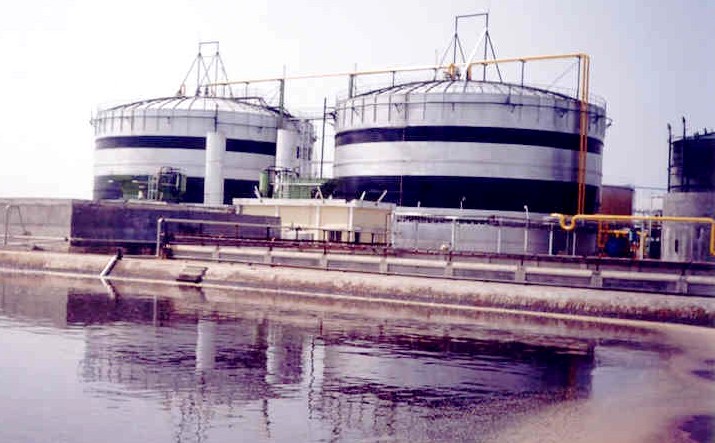
A Primer on Random Packing | Fundamentals & Applications

Fundamentals
|
|
|||||||||
|
Random Packing
|
|||||||||
|
A Primer on Random Packing | Fundamentals & Applications |
|||||||||
|
|
|
||||||||
| |
|||||||||
|
|
Fundamentals |
||||||||
|
Random packing is used for mass and heat transfer applications. The first packing, the Raschig ring, was developed in 1915. Over the years, industry has furnished a number of designs, many of them tailored or optimized for specific applications. Typical applications include absorption, stripping, heat transfer, pollution control, distillation, olefin manufacturing and liquid-liquid extraction. Vendor catalogs frequently indicate surface area, say 30 sq.ft./cu.ft, and void space, say 96 %. In practice, the actual or effective surface area can be augmented by an aggregate of sprays, bubbling, dripping, droplet splash, among others. Effective or actual surface area can be as well diminished by fouling/plugging/blocking, and unused or idle sections.
TRANSFER RATES Random packing is typically utilized to effect mass transfer, i.e. phase change from gas to liquid or vice versa. In absorption operations a solute entrapped in a gas stream can be transferred into a simple, liquid phase solution by way of packed beds. It may as well involve a chemical reaction with a component existing in the liquid. It is generally understood that greater surface areas promote greater transfer rates. However this will happen as long as whatever contemplated greater surface area is actually put to use, thus the actual or effective surface area nuance (versus geometric or catalog surface area). It is wise to scrutinize active to plain geometric surface area ratios. Random packing can also be used for heat transfer.
PRESSURE DROP Whatever the liquid gas stream arrangement - counterflow, crossflow, cocurrent - packing introduces a level of resistance to the passage of the fluid and pressure drops through the packing media should be appropriately accounted for. In general one would treasure packing proffering lowest pressure drops naturally assuming full performance can be delivered all other things considered equal. In many applications, liquid side pressure drops can be overlooked as it's just some liquid, frequently water, trickling down/gravity flow.
INTERLOCK Packing interlocking or linkage occurs when media unduly "locks" together fostering fouling, undue settling/media height reduction and channeling/by-pass patterns. Needless to say performance can be greatly diminished.. FOULING Fouling refers to the undue accumulation and plugging of the media. Not only will performance noticeably suffer but there can be structural problems, even media/bed collapse as well. Fouled packing can weight far more than first day, original media. GAS AND LIQUID DISTRIBUTION Probably most if not all random packing applications require uniform gas and liquid distribution within the unit. To a certain extent this can translate into a make it or break it situation. Aside from things like faulty liquid distributors or flow design, media related culprits may include instances of fouling, interlock, and channeling/by-pass. Uneven "rain" zones, thermal gradients, dry spots, media holes all add up to under performing packing.
WETTING As with most packings, random packing media achieves optimum utilization when most if not all exposed surface area is thoroughly wetted. So-called wetting point is defined as the recommended or required minimum liquid loading so as to insure complete media surface "coating" thus permitting design mass transfer rates. Packings with lower wetting points would configure the more desirable designs. FLOODING During operation most all packings hold up some given amount of the circulating liquid. When gas or air stream velocity is unduly high, liquid will not be able to trickle or flow through the packing bed at all, a situation called flooding point. It should be apparent that for certain applications one will want this value to be as high as possible - we would then able to move larger gas phase volumes through smaller face areas. It should be noted that pressure drops increase as operation, willingly or unwillingly, approaches flooding conditions.
|
||
|
www.AerationFundamentals.com - www.ExtendedAeration.com - www.OxidationDitches.com - www.TricklingFilters.com |
||
| www.Biotowers.com - www.MembraneBioreactors.com - www.AnaerobicReactors.com - www.AnaerobicFilters.com | ||
|
www.UASBs.com - www.EGSBs.com - www.CoolingTowerFundamentals.com - www.EvaporativeCondensers.com |
||
|
www.DewateringFundamentals.com - www.BioremediationFundamentals.com - www.IncinerationFundamentals.com |